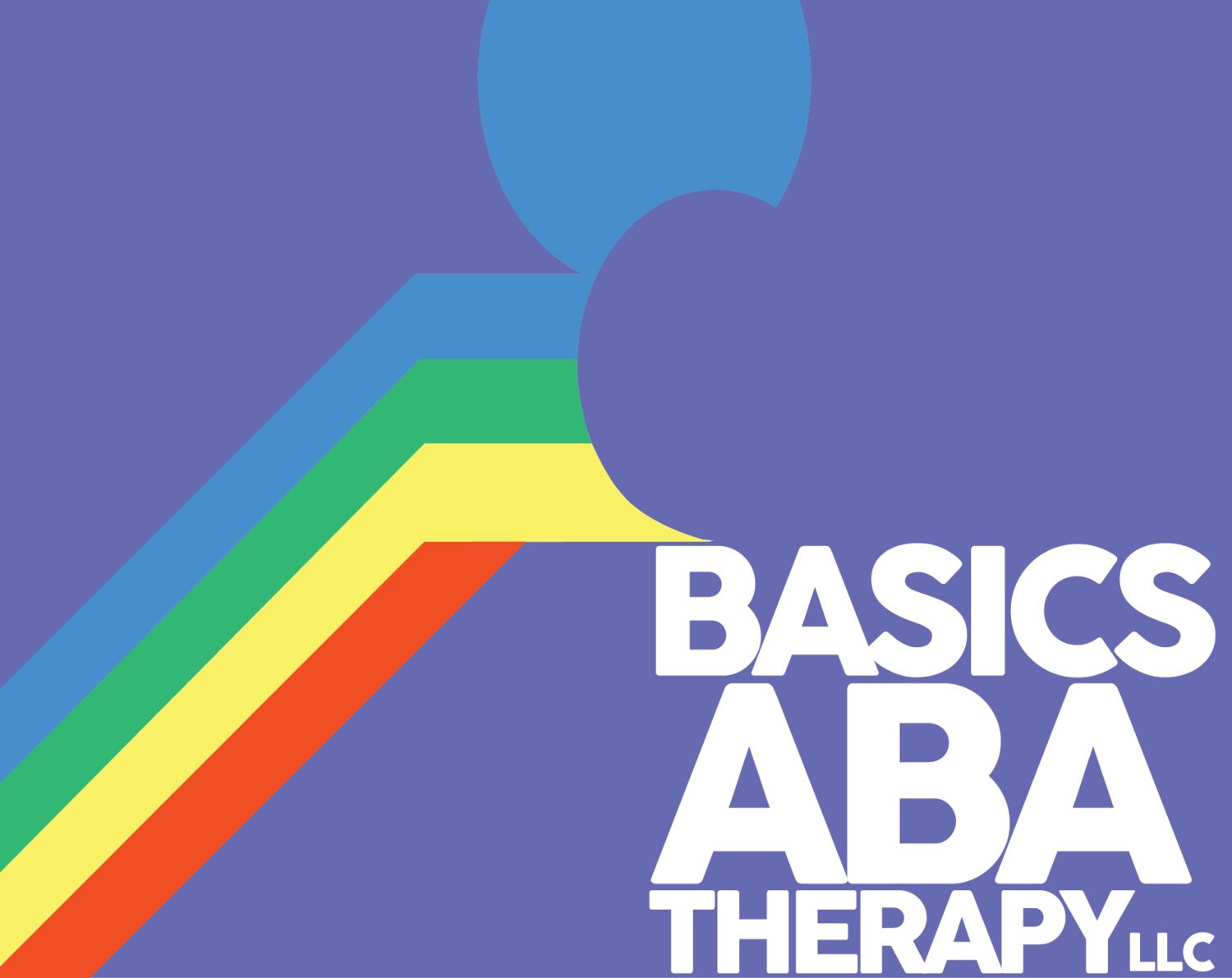Social validity is looked at in research to see how the person experiencing an intervention feels about it. ABA often ignores that part of it. If social validity is considered, it focuses on the parent. It is important that we are always thinking about why we are doing an intervention and how it affects the student we are working with.
We need to think about several things when we write goals:
1. Is this goal helping us/family/society or them?
If the goal only serves someone else then it is not valuable. If a client yells out but that makes him feel calm, we need to support him. But the goal isn't to stop the yelling, it needs to be to find out why he is yelling. If it is a stim then why is he getting overstimulated in public? How can we create modifications?
2. How is this goal creating increased opportunities for independence?
ABA is super focused on increased independence. We teach students how to go to the grocery store, write their name, and follow a hand washing checklist. But, does our client need those skills? Can he learn how to use Uber Eats instead so he doesn't have to spend hours and hours working on sensory goals, reading price tags, and finding tomato sauce that is in a different place at the same store every time? Can we teach him to voice text instead of writing his name? Or just use hand sanitizer? Sometimes our goals are so focused on our own version of independence that we forget that we can actually help people become more independent with other tools.
3. Will there be changes we can make to the quality of life of the person?
It is important to observe how the goal is actually valuable. We often make a goal that forces a kid to play trains with another kid because “all they do is parallel play” But, I “parallel play” with my partner all the time- he plays video games and I play on FB on my phone. How valuable is it to make the kid play trains with another kid? Maybe it is valuable but we need to be assessing it. On the other hand, teaching a student how to use social media safely could have a huge change in their life.
4. Does the program honor the student as a whole person?
So many ABA goals work to change the student. Even ABA programs that don't have a goal of indistinguishability still work to tell kids they are wrong from a very young age. My favorite example is around restricted interests. Restricted interests aren’t wrong- it's that the person hasn't found the right conversation partner.
When Pokemon Go 1st became popular, it was the best thing to happen to Autistic kids. They could walk around the neighborhood and people would walk up and they could just babble on about Pokemon. They didn't have to say hello or look at them. They just got to talk to each other. And it was awesome because the other person was excited to learn!
Based on all of this we have created a paragraph that we put in behavior plans to try to communicate our values around social validity:
The purpose of this behavior plan is to support the student in all areas of their life to be more independent and get their needs met. One way it does this is by creating accommodations to prevent the need for students to exhibit ineffective behaviors and opportunities for students to request the removal of aversive stimuli. This plan also includes opportunities to allow students to assent and dissent. This plan has also been designed to help students increase their access to reinforcement- both contrived and natural. With the goal of the student being able to access reinforcement naturally in the environment by ensuring the replacement behavior gives access to the original need. This allows the students to request reinforcers, and reduce student stress so they can learn new skills and reinforcers.
Please consider this when you write your plans- your clients deserve it.



